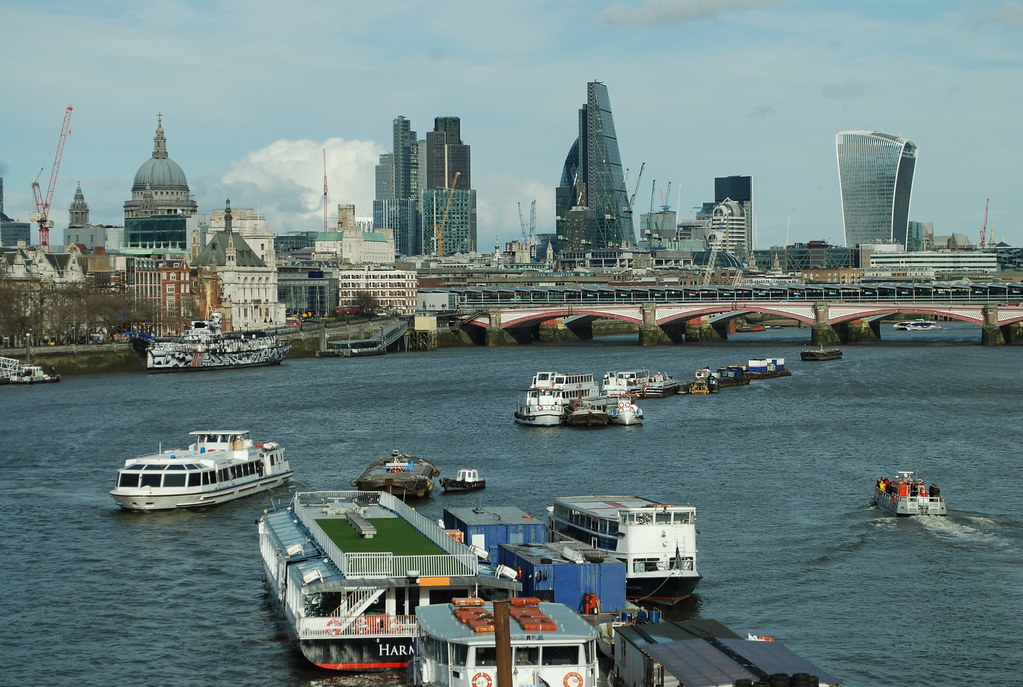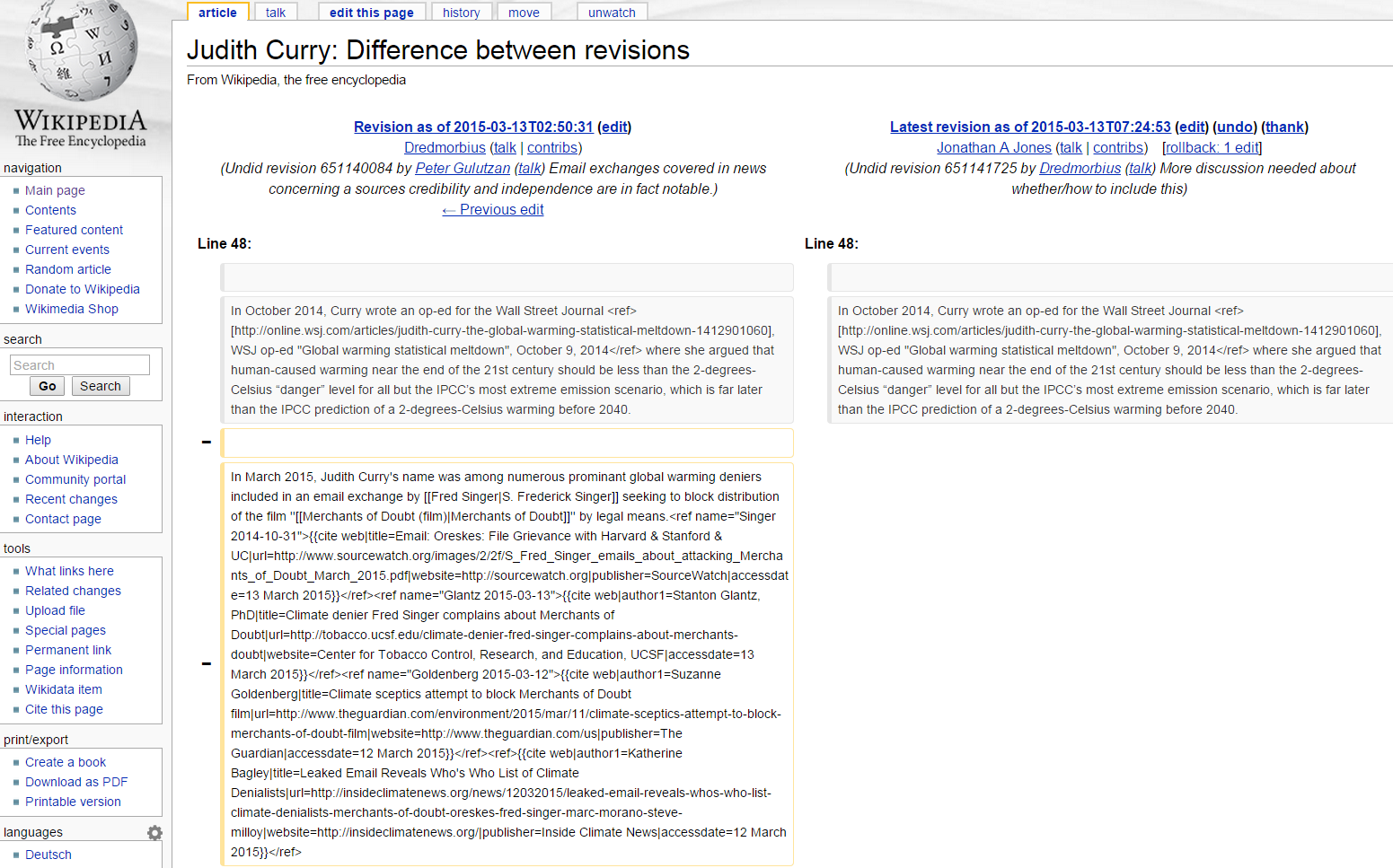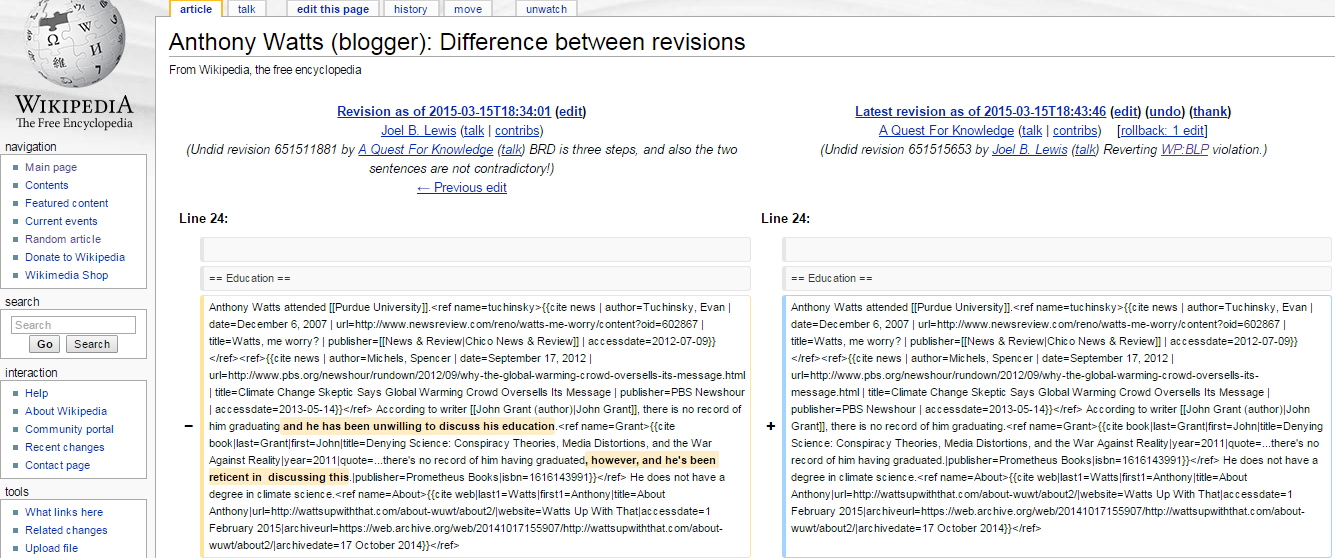RT has a nice post on On the Incident Solar Radiation in CMIP5 Models by Linjiong Zhou, Minghua Zhang, Qing Bao and, Yimin Liu.
For the authors, this is a dream paper: you notice something no-one else has, and you get a practically free paper out of it, without having to do any real work or real thought. Just because they had the wit, or the luck, to look more closely at some of the output. In a sensible world the paper would be about two lines and one figure long; but it has to be dressed up in more words for scientific publishing.
RT has a nice explanation of the problem, but I like their fig 2, which I’ve copied below:

This is Annual-mean incident solar radiation at the top of atmosphere from 8 climate models in CMIP5. The color scale has been adjusted to highlight the zonal variation in the tropics.
As you would expect and hope, this was manna to the denialosphere. Its certainly embarrassing for those models that got it wrong. Which is where it gets more interesting. Zhou et al.’s abstract says “many Coupled Model Intercomparison Project phase 5 (CMIP5) models” (my bold) but carefully avoids quantifing “many”. In fact, most don’t make this error. The ones that get it wrong are bcc-csm1-1, BNUESM, CanAM4, CCSM4, CESM1-CAM5, EC-EARTH, inmcm4, NorESM1-M, most or all of which I’d classify as “minor” (I think the IPCC likes to pretend that all models are equal, but of course they aren’t. I also think I’m on somewhat dodgy ground calling CCSM minor). There’s more; the paper rather excitedly says many Coupled Model Intercomparison Project phase 5 (CMIP5) models, we find that the incident radiation exhibited zonal oscillations, with up to 30 W/m2 of spurious variations” but again, alas, doesn’t have space in the abstract to mention that only one model is that far out. Its “inmcm4” which I’ve never head of… looks… ha ha, its some dodgy Russian thing. Well, say no more.
The ones that don’t make this error are ACCESS1-0, ACCESS1-3, CMCC-CM, CNRM-CM5, CSIRO-Mk3-6-0, FGOALS-g2, FGOALS-s2, GFDL-CM3, GFDL-HIRAM-C180, GISS-E2-R, HadGEM2-A, IPSL-CM5A-LR, IPSLCM5A-MR, IPSL-CM5B-LR, MIROC5, MPI-ESM-LR, MPI-ESM-MR, MRI-AGCM3-2H, MRI-AGCM3-2S, MRI-CGCM3, which includes all the obvious major models: Hadley, MPI, GFDL and so on. Naturally, if you’re Zhou et al., that’s not the kind of thing you’re going to write in your abstract, because it diminishes the value of your paper. SM points out the only-a-few at WUWT, but predictably it bounces off (and it looks like he posted taht earlier, but was censored out with [snip – no more Mosher drive-bys, make a point with a reference – mod] – clearly, having that info at the top of the comment thread would be bad); these are not the facts you’re looking for. Someone else at WUWT asks is this the kind of error one would expect from ‘state of the art’ climate models? and the answer, which no-one there gives because of course they didn’t look at the list of models, is “No, and its not in any state of the art models”. Hmm, there’s more stupidity there (surprised?): It is interesting that all the CMIP5 and CESM models exhibit the same error. I’ve long suspected that the modelers all borrowed code from one another. Multiple fail: its not in all the models, and its not in the all the bad models in the same way. So, the code-borrowing suspicion is refuted, not reinforced, if you bother to actually read the paper.
While I’m being snarky, there’s an ,a href=”https://archive.today/o/JeDXy/http://wattsupwiththat.com/2015/03/10/whoops-study-shows-huge-basic-errors-found-in-cmip5-climate-models/%23comment-1880203″>almost-sensible comment at WUWT:
Quite silly actually of the model builders not to correct for this, but given the size of the grid they probably just assumed it would all wash out in the averaging. And since the models showed warming and they expected to see warming, they never bothered to look for errors. If it ain’t broke, don’t fix it.
Indeed, since it all comes out in the wash, its not easy to see. But what about since the models showed warming and they expected to see warming? What does that tell you about the septics? They keep on saying they don’t think there should be warming – so why weren’t they poring over the output, carefully “auditing” it for problems?
And in the end, does this matter? Well, matter to what? For the projections of temperature change over the next century, no. Because not many models got it wrong, and the best ones got it right. Not everyone does everything from IPCC sphaghettiograms, and those looking at individual model results will have been looking at the good ones. Does it even affect the projections from the wrong models? Not a lot, because these errors average out, so don’t really affect the overall fluxes to anything like the same extent. It will, obviously, affect the local climate; but whether its significant compared to other error sources I don’t know, but I doubt.
Minor factoid, which may or may not still be true: the radiation code in a GCM is quite computationally expensive, so not running it every dynamic timestep makes sense, since it there are no stability restrictions on the radiation timestep. My recollection is that HadCM£ used to run the radiation code every 3 hours. But they did carefully make sure the averages were right, and things like the day/night boundary properly handled.
Amusing postscript
Zhou et al. say The same type of biases was also reported in some climate model in AMIP-2 in the dezonalized anomalies plot [Raschke et al., 2005]. So this isn’t even new. How accurate [sic; clearly they didn’t have Bob Carter available to tart up their English] did GCMs compute the insolation at TOA for AMIP-2? says
The structures with zonal wave-numbers 8 (in the dnm model) and 24 (in 9 others) are due to the use of constant radiation values for the full length of time intervals of 3 and 1 hour, respectively. Computations of convective processes near the surface should be affected. These structures do not occur in models where either the radiation time step is equal to the dynamical time step or adjustments were made to take the change in the Sun’s zenith angle into account.
So, what in olden says was just a throwaway line in a larger paper is in these debased soundbite days a whole paper and fuss.











